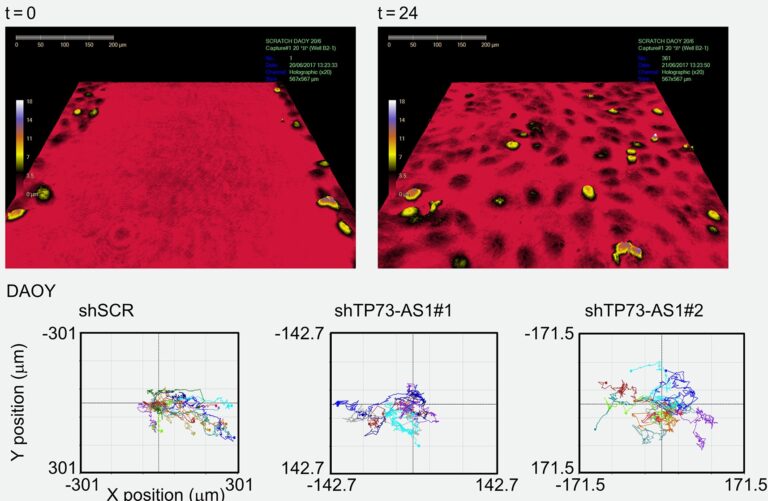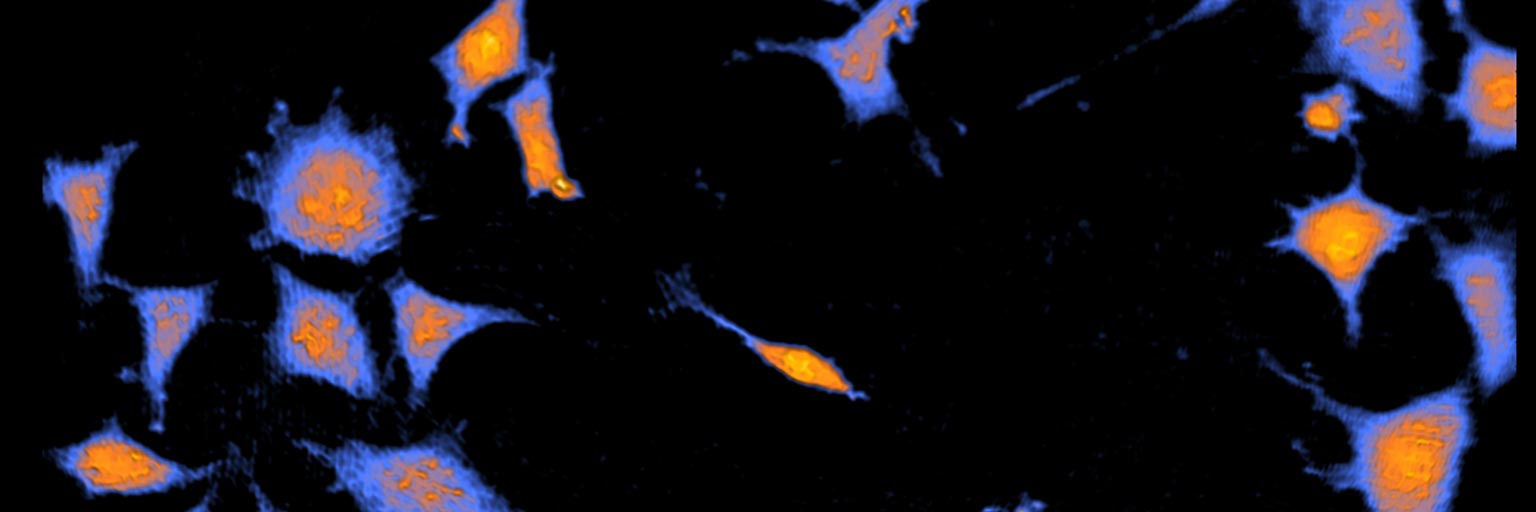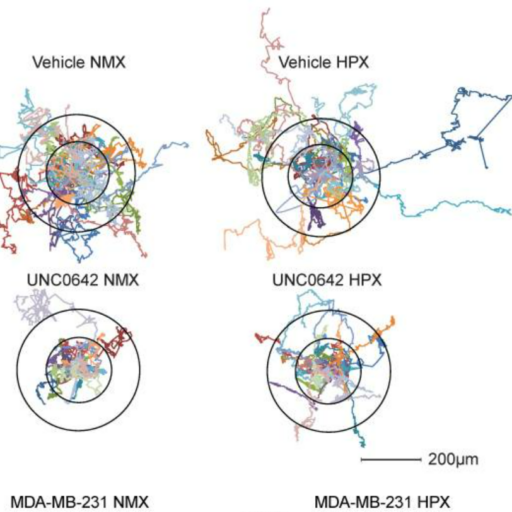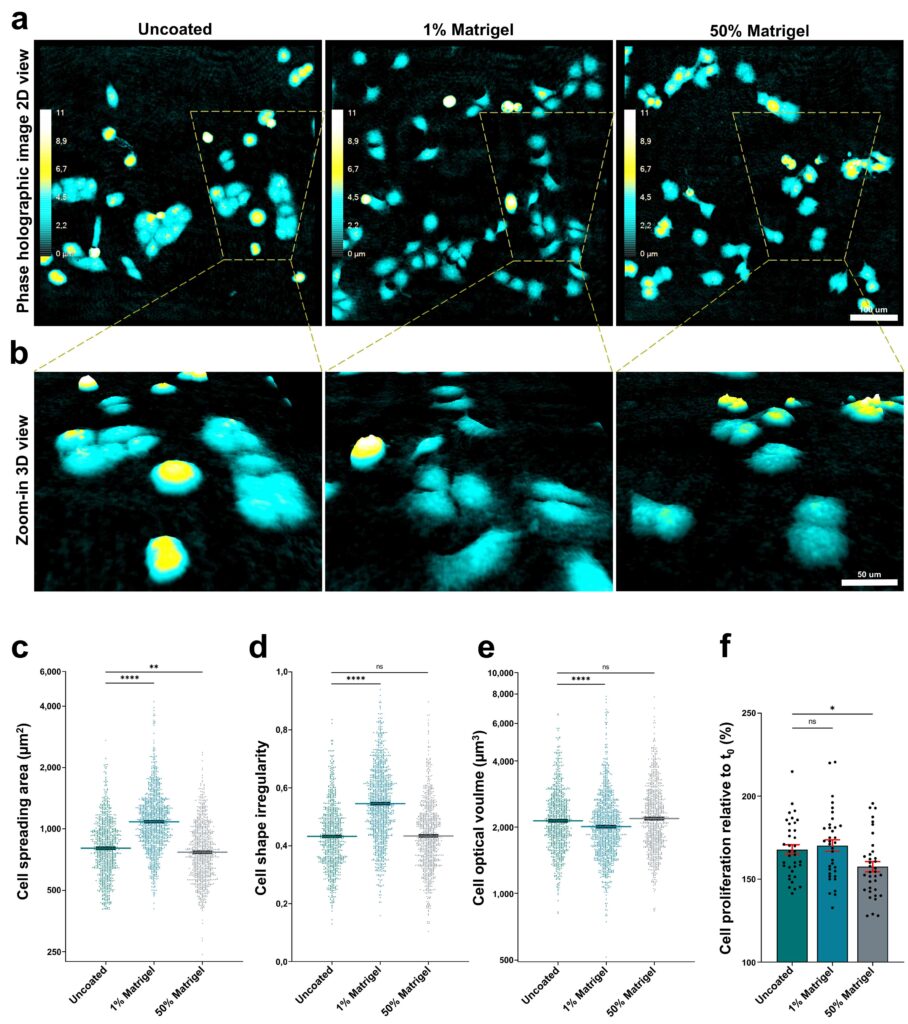Advancing Cancer Research with Quantitative Live Cell Imaging
Cancer is a leading human disease with persistently high mortality rates. Thus, understanding the how, where, why and with whom metastatic cancer cells disseminate and proliferate is one of the highest importance in cancer research. The HoloMonitor live cell imaging system advances your cancer research with a non-invasive way to measure and quantify cell activity in real-time without compromising the integrity of your precious cells. Therefore, you can get more accurate and native results from your experiments.

A live cell analysis tool with real-time data
Find out more about how HoloMonitor live cell imaging can accelerate your cancer research!
Featured publications within cancer research
Measure mitotic activity in melanocytes
Cutaneous melanoma is deadly skin cancer. The activating mutation BARFV600E mutation exists both in moles and over half cutaneous melanomas.
In this study, in order to investigate why the same mutation has such different consequences in moles and melanomas, the authors using HoloMonitor studied cell proliferation, cell dry mass, cell death and cell growth rate. The experiments showed by increasing the levels of two microRNAs in melanocytes induces mitotic failure, genome duplication, and proliferation arrest. BRAFV600E induces a similar proliferation arrest in primary human melanocytes that is both reversible and conditional depending on the differentiation state of the melanocyte.
On-demand webinar
The secrets to truly controlled cell experiments for cancer research
Find out how HoloMonitor provides better insights by analyzing proliferation, morphology and movement data for both single cells and cell populations.
Discover HoloMonitor Live Cell Assays
Learn more about what you can do with HoloMonitor
Answer cancer research questions with quantitative live cell imaging
24 hours time-lapse video of MDA-MB-231 breast cancer cells
72 hours time-lapse video of JIMT-1 breast cancer cells
Browsing publications in cancer research
Get inspired by other research fellows, and learn how HoloMonitor quantitative live cell imaging can benefit your cancer research:
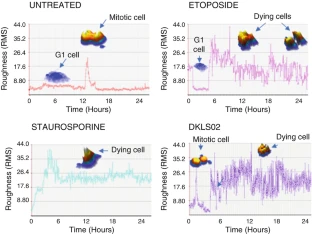
Digital Holographic Imaging as a Method for Quantitative, Live Cell Imaging of Drug Response to Novel Targeted Cancer Therapies
Journal: Theranostics: Methods and Protocols (2019)
Research Areas: Cancer research
Cell Lines: HeLa

The long noncoding RNA TP73‐AS1 promotes tumorigenicity of medulloblastoma cells
Journal: International Journal of Cancer (2019)
Research Areas: Cancer research
Cell Lines: DAOY, UW 228, 2
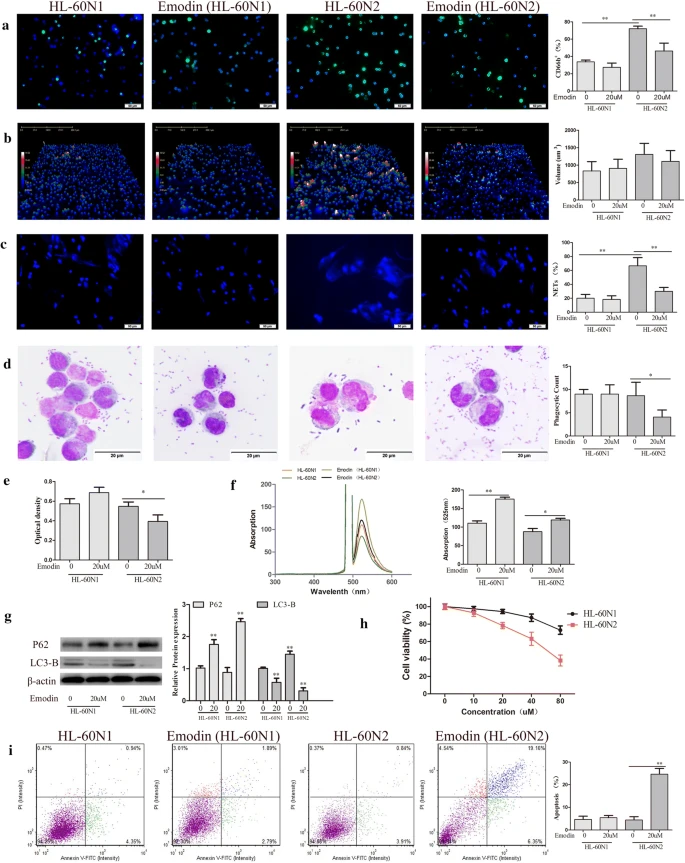
Emodin regulates neutrophil phenotypes to prevent hypercoagulation and lung carcinogenesis
Journal: Journal of Translational Medicine (2019)
Research Areas: Cancer research
Cell Lines: HL-60 and LLC

Advancing methods for the analysis of glioblastoma cell motion using quantitative time lapse holographic imaging and cellular tomography
Journal: SPIE BiOS (2019)
Research Areas: Cancer research
Cell Lines: Glioblastoma U87
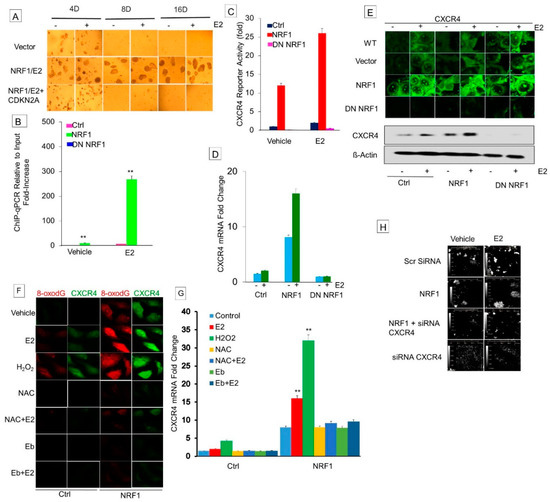
Nuclear respiratory factor 1 acting as an oncoprotein drives estrogen-induced breast carcinogenesis
Journal: Cells (2018)
Research Areas: Cancer research
Cell Lines: MCF-10A, MCF-7, and MDA-MB231

The connection between the cardiac glycoside‐induced senescent cell morphology and Rho/Rho kinase pathway
Journal: Cytoskeleton (2018)
Research Areas: Cancer research
Cell Lines: HeLa

